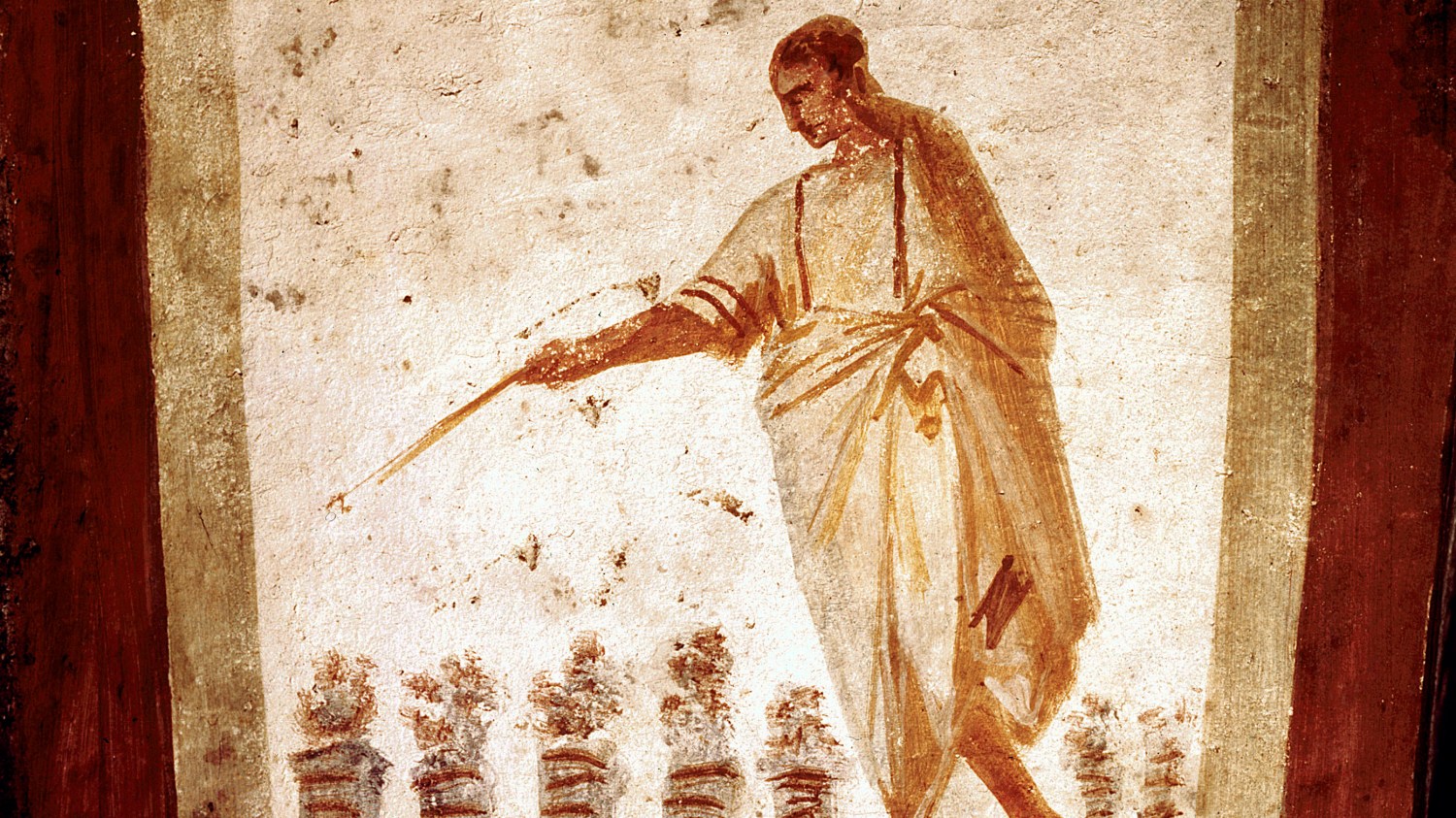Review: Heretic
Catherine Nixey’s first book, The Darkening Age (review), told the sobering story of how Christianity’s rise required the persecution of all opposing beliefs: the destruction of pagan temples and statues, the burning of books, the prohibition of worship.
Her second work, Heretic: Jesus Christ and the Other Sons of God, focuses on Jesus himself. Nixey observes that, whatever the historicity of Jesus, what we are left with are stories that don’t describe one Jesus Christ, but many.
The bizarre Infancy Gospel of Thomas tells of a son of God who, as a child, kills other children out of spite—reminiscent of Anthony Fremont in “It’s a Good Life” wishing his victims into the cornfield. In the Gospel of Basilides, it’s not Jesus who was crucified, but Simon of Cyrene, while Jesus laughed at him.
Nixey vividly describes the ancient world as a place where the kinds of miracles the New Testament attributes to Jesus were commonplace claims by many self-anointed prophets and miracle workers. Raising the dead, healing the sick? Not a one-time deal.
It’s no surprise, then, that the Acts of Peter describe a magic duel between Simon Magus and Apostle Peter, or that Jesus was sometimes depicted as a wand-carrying wizard by his own followers.
Despite brutal attempts to suppress “heretical” Christian beliefs, Nixey traces the legacy of these sacred texts in literature, art, and surviving Christian traditions like Mandaeism and Ethiopian Christianity. All, of course, view theirs as the orthodox truth.

You’re a wizard, Jesus: In this 4th century depiction, Jesus multiplies loaves and and fishes with a wand.
Like the stories of Jesus, the concept of monotheism itself can be traced to precursor beliefs. Nixey points out that the Bible retains traces of polytheism or henotheism (the worship of one supreme God among many).
One common example is Psalm 82:
“God standeth in the congregation of the mighty; he judgeth among the gods.”
But even Genesis, the very foundation of monotheistic belief, refers to other entities alongside God:
“Let us make humankind in our image” (1:26)
“Behold, the man is become as one of us” (3:22)
“Go to, let us go down, and there confound their language” (11:7)
These are extant references to the Canaanite pantheon; before there was one God, there were many.
Catherine Nixey’s Heretic, despite its sometimes acerbic tone, is not an anti-religious book. It simply documents how religious ideas blend and evolve over time. Any one belief, no matter how fervently held, has its (often contradictory) antecedents and descendents.
Looking at this tapestry of belief, anyone can appreciate that there is beauty in it—but also that those who point at one specific sacred text and say “That’s the one, that’s the one worth killing for!” should make heretics out of us all.
